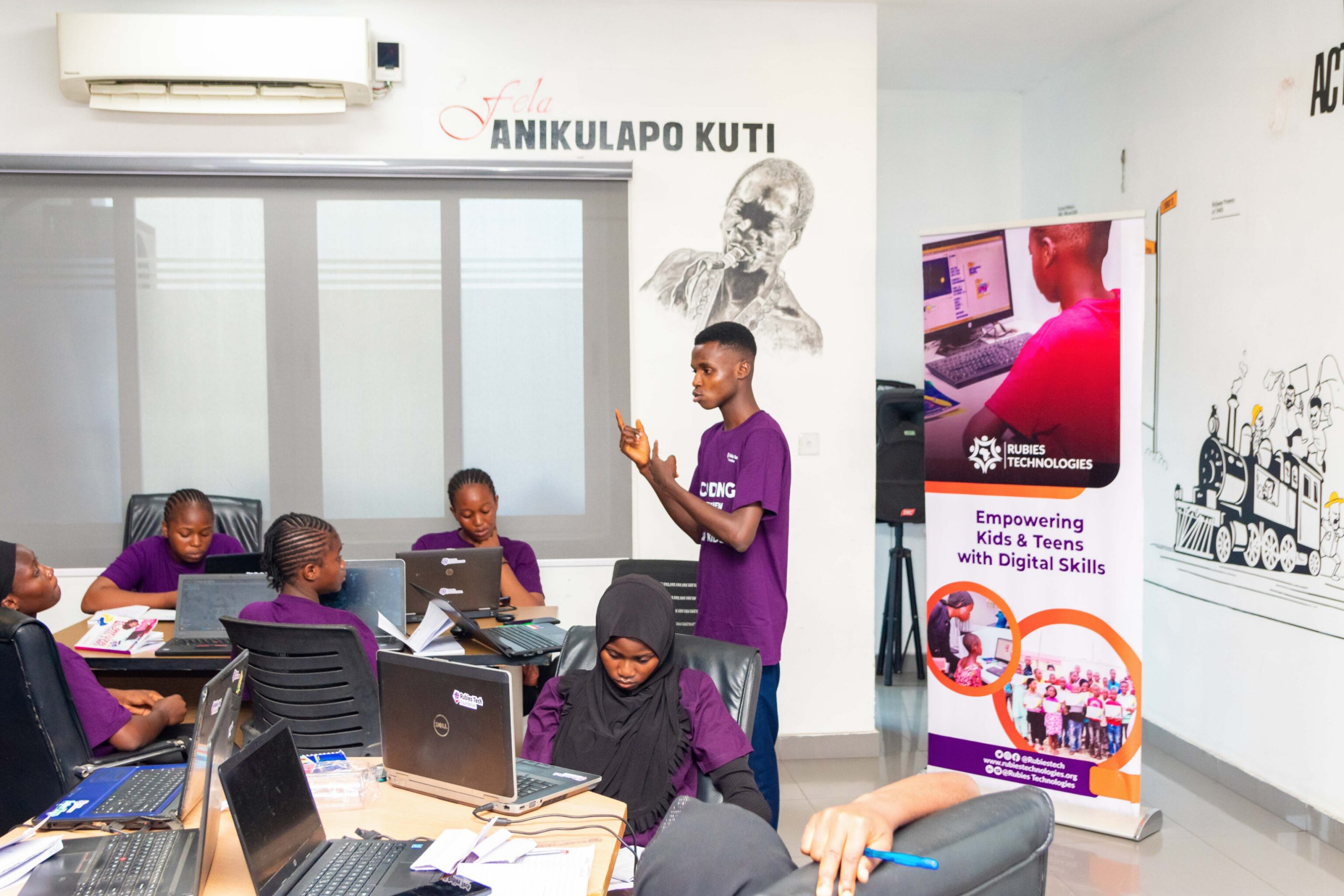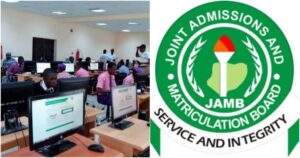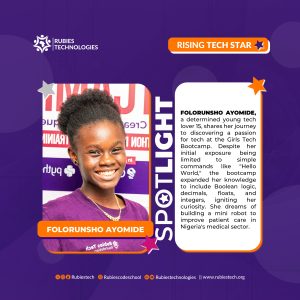In the work of creativity, a new disruptor has emerged, it goes by the name of Artificial Intelligence (AI). The age-old question of whether machines can truly create has never been more relevant.
The Argument for AI
Proponents of AI are singing its praises, and for good reason. They believe that AI can be the ultimate tool for creativity, giving us time to do more interesting things. Imagine having a machine that can generate new ideas, streamline repetitive tasks, and collaborate with us humans to produce something truly innovative. AI can process vast amounts of data, recognize patterns, and generate ideas that might not have occurred to us. It’s like having a creative supercomputer at our fingertips!
AI systems can be trained on large datasets of existing creative works, such as paintings, music, and literature. By analyzing the patterns and structures in these datasets, AI can generate new content that mimics the style and characteristics of the original works.
This sounds great, but is that creativity? Or is it just computation?
The Dark Side of AI
But here’s where things get a little tricky. There’s a dark side to this AI revolution, and it’s one that we can’t ignore. I worry that in pursuit of efficiency and productivity, we’re trading in our unique perspective, our quirks, and our flaws for the cold, calculating embrace of machines. The human touch, the imperfections that make art, well, art – are we at risk of losing all of that?
After all, can AI-generated content capture the same level of diversity and originality that human creativity brings to the table? And let’s not forget the elephant in the room – job displacement. What happens when the machines start taking over the creative jobs, leaving human creatives without a livelihood?
The Future of Creativity
So, is AI killing creativity? I don’t think it has to be that way, but we’ve got to be vigilant. We need to find a balance, a way to harness the power of AI without letting it replace our human touch. We can use AI as a tool to generate ideas, but then refine and develop them with our unique perspective. AI can assist us in the creative process, but not take over completely.
The future of creativity is a hybrid one, where machines and humans work together. We need to prepare the next generation of creatives to embrace this new reality, learn how to work alongside AI, and never let the machines take over. Let’s make a pact to keep the creative spark alive, to keep pushing the boundaries of what’s possible, and to never let the machines prevail.
The creative conundrum is a complex one, but I have faith that we can navigate it. With a little bit of innovation, a whole lot of passion, and a hefty dose of human ingenuity, we can ensure that the art of creation remains firmly in the hands of the creators – both human and machine.
Written by Stephen Afape



